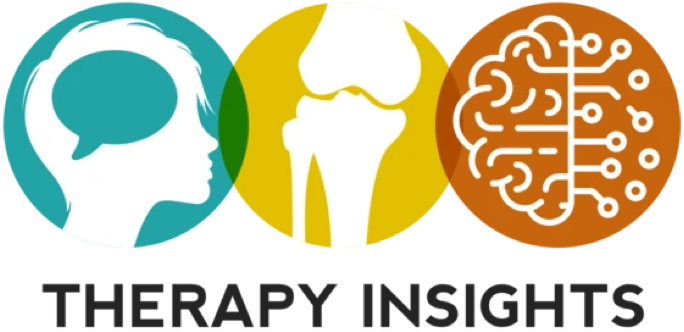Verbal Discussion: “What’s Going on in this Picture?”
January 10, 2022 by Megan Berg.
The New York Times posts an intriguing photo without a caption every Monday to spark discussion. This activity guides a discussion by providing critical thinking questions for a person with aphasia to answer.
